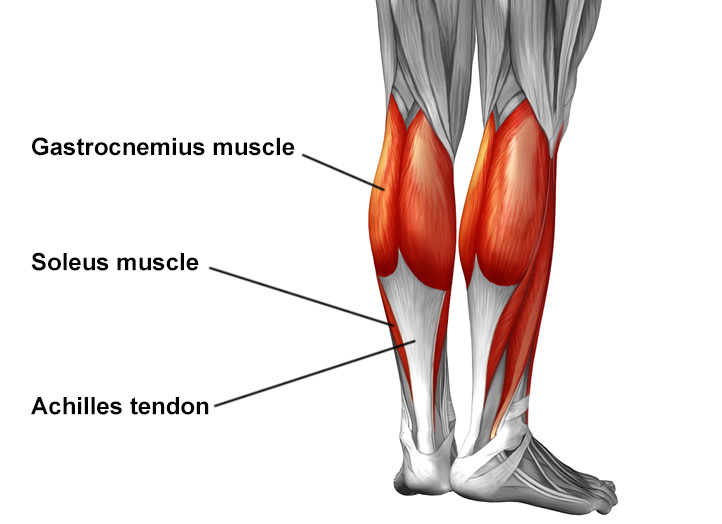Achilles Tendon Injuries
Overview and anatomy
The Achilles tendon is a thick tendon located in the back of the leg. It connects the gastrocnemius and soleus muscles in the calf to an insertion point at the calcaneus (heel bone). It is the strongest tendon in the body and allows people to push off while walking, running and jumping.
Achilles injuries can occur in several places, but the most common area is at the muscle-tendon junction – the area where the calf muscles join with the tendon. Injuries in this area often heal on their own. This junction has a smaller blood supply than does the muscular area of the leg, however. This makes the healing process slower than it is in many other leg injuries.

Achilles tendon conditions and issues
Chronic, long-lasting Achilles tendon disorders range from overuse injuries that cause inflammation or degeneration, to acute traumas such as Achilles tendon ruptures. Pain along the back of the ankle or in the heel are often the result of distinct problems along the course of the Achilles tendon or at its point of attachment to the heel of the foot. This type of pain may also be caused by retrocalcaneal bursitis, which is sometimes called Achilles tendon bursitis. Learn about more specific Achilles tendon conditions in the articles shown below.
Achilles tendon injury prevention
Since a lack of flexibility is a major cause of injury, proper stretching of the lower leg is the most basic way to prevent Achilles tendon strains or tears. As is the case with many other conditions injuries, it is important to stay as fit as possible during the healing and rehabilitation process. Swimming and other non-impact exercises are best, including bicycling, if that activity does not cause any pain (which would indicate a likelihood of reinjury). Running should be avoided at all costs until a rehabilitation specialist, trainer or doctor advises that sufficient recovery has taken place.
Achilles Tendon Injuries Success Stories

